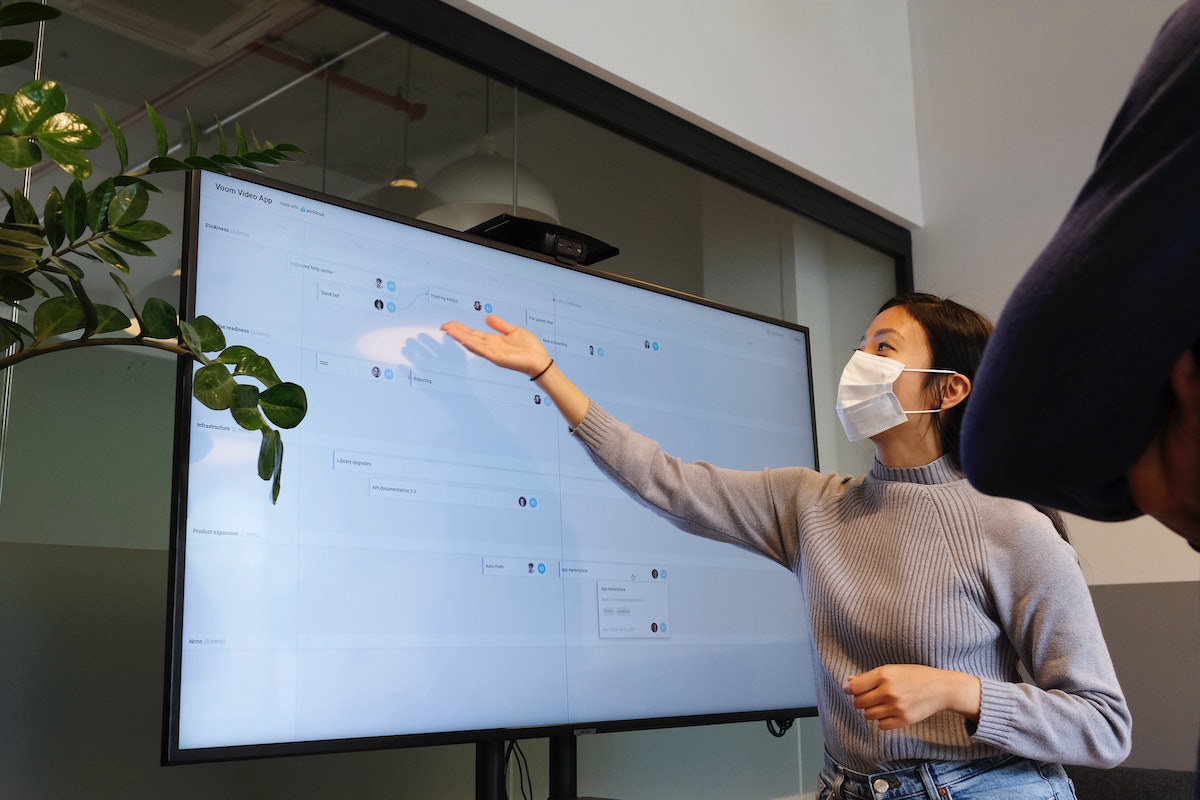
As we approach the fall, many schools are announcing their plans to “re-open” for learning in a COVID world. The term “re-opening”, however, does not mean that the school doors will actually be “open” for in-person learning. Employers and employees are wondering how to navigate the workplace when many school children will be learning from home for some, or all, of the school week. Our team of employment attorneys are here to help businesses navigate these difficult decisions and scenarios. Below is a highlight of important considerations and common questions employers are facing. If, at any time, you are in need of additional guidance, please give us a call.
The Families First Coronavirus Response Act (FFCRA or The Act) took effect on April 1, 2020 and requires certain employers to provide their employees with paid sick leave for specified reasons related to COVID-19. One of the specified reasons, and the reason for this newsletter, is when an employee needs to care for a minor child whose school or place of childcare is closed due to COVID-19. By combining two weeks of emergency sick pay and 10 weeks of expanded medical leave, The Act provides up to 12 weeks of paid leave for employees whose school or childcare provider is closed due to COVID-19 (“Childcare Leave”). Please note that The Act provides leave for several other reasons as well. In addition, some states have requirements which should be considered. Today, however, we are dealing solely with the Childcare Leave requirements of the FFCRA which are currently set to last until at least December 31, 2020.
Generally, if you employ fewer than 500 employees, you are a covered employer which must provide the paid Childcare Leave. Unlike the traditional FMLA, employers with less than 50 employees are not automatically exempt. However, some employers with fewer than 50 employees may be exempt from The Act’s requirements IF they can demonstrate that doing so would jeopardize the viability of the small business as a going concern. The DOL has set forth specific criteria which must be met before the employer could be considered exempt. If you believe you may be exempt, please reach out to our office and we can help you navigate this determination. Do not assume you are exempt.
All employees who have been employed for at least 30 calendar days immediately prior to the day the leave would begin are eligible. An employee does not need to meet the one year, 1250-hour requirement for traditional FMLA entitlement.
Employees who are taking Childcare Leave are entitled to be paid 2/3 of their regular rate of pay, with a maximum of $200 per day.
Yes. The Act reimburses covered employers for wages paid for Childcare Leave through tax credits. Covered employers are allowed to apply the credit against any federal employment taxes due in connection with the payment of payroll. That is, the employer may retain or offset the amount of the credit from federal taxes that would otherwise be due. For more information from the IRS on these tax credits, click here.
Yes. The Department of Labor has concluded that a school is considered “closed” if the physical location where your child received instruction or care is now closed, even if some or all instruction is being provided online.
Yes, the employee can be eligible for leave. If the school is closed for the employee’s child on certain days, the employee can use leave under the FFCRA in order to be compensated. In addition, the DOL has determined that childcare leave can be taken intermittently if the employer and employee can reach an agreement. For employees coming into the workplace, it can be taken in full-day increments. For employees who are teleworking, leave can be taken in smaller increments such as a half-day. Some employees may also be planning to share childcare responsibilities with a spouse and may only need a partial reduction in their schedule. Under circumstances such as these, it would be acceptable for an employee to take childcare leave some days of the week while working other days. The DOL has left these arrangements up to the employer and employee to work out, but “encourages collaboration to achieve maximum flexibility”.
Probably not. The DOL has defined school closure as when a school’s “physical location is
closed”. Therefore, if the school is open for live instruction, even if virtual is an option, the employee would not be eligible for paid leave and you would not be eligible for the tax credit. Under these circumstances the employer could consider whether teleworking is an option for this employee. If at any point the school does close due to COVID exposure, even temporarily, the employee would then become eligible for Childcare Leave.
Probably not – but be careful. Under the FFCRA, your employee is entitled to a total 12 weeks of expanded family and medical leave per year. The employee’s current eligibility depends on how much leave he/she has already taken during the 12-month period that you use to calculate FMLA leave. Most employers use either a calendar year or rolling-year method for calculating leave entitlement, in which case the employee who used leave in the spring would not now be eligible for additional leave. However, if an employer uses a different date for calculating FMLA entitlement, such as a fiscal year or anniversary date, the employer should check to make sure that the year has not rolled over since the employee used his/her leave. In addition, if the employee took some, but not all, of the 12 weeks of leave, he/she may still take the remaining portion of leave available.
No. If the employee has already taken 12 weeks of leave under the FMLA leave during this 12-month period, you may not take additional expanded family and medical leave.
If for any of the above reasons your employee is not eligible for leave, there are still options you can consider such as teleworking or revised schedules which allow parents to share childcare responsibilities. It is clear that the DOL is encouraging employers to be as flexible as possible, while still operating your business. We are here to discuss these options and provide guidance at any time.
John and Jessica are members of MF&L’s Labor & Employment practice group in Atlanta, Georgia. If our firm can be of assistance to your business as you navigate these decisions, reach out to John or Jessica, or any of our employment attorneys, by calling (404)256-0700 or clicking here.

We offer a wide spectrum of legal services tailored to meet the specific needs of our clients.
Begin your consultation and take the first step towards resolving your legal concerns.
1050 Crown Pointe Parkway
Suite 1500
Atlanta, GA 30338
Phone: 404-256-0700
Fax: 404-250-9355
(inside Serendipity Labs)
100 North Point Center East,
Suite 125
Alpharetta, GA 30022
Phone: 678-222-2170
Fax: 404-250-9355
(inside Serendipity Labs)
3225 Cumberland Boulevard,
Suite 100
Atlanta, GA 30339
Phone: 404-256-0700
Fax: 404-250-9355
3225 Shallowford Road NE,
Suite 1200
Marietta, GA 30062
Phone: 770-509-6565
Fax: 404-250-9355
4767 New Broad Street
Orlando, FL 32814
Phone: 407-514-2765
Fax: 404-250-9355
| Privacy Policy | Accessibility Statement | Powered by WT Digital Agency